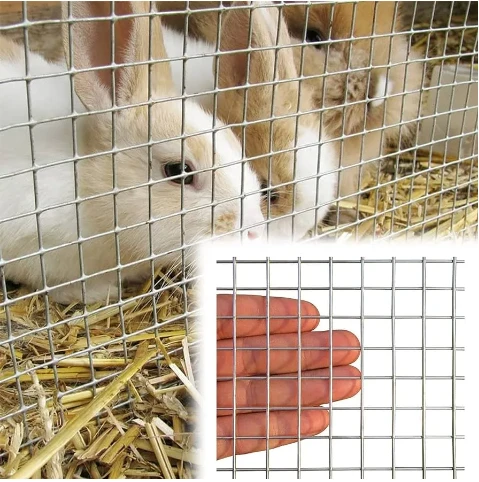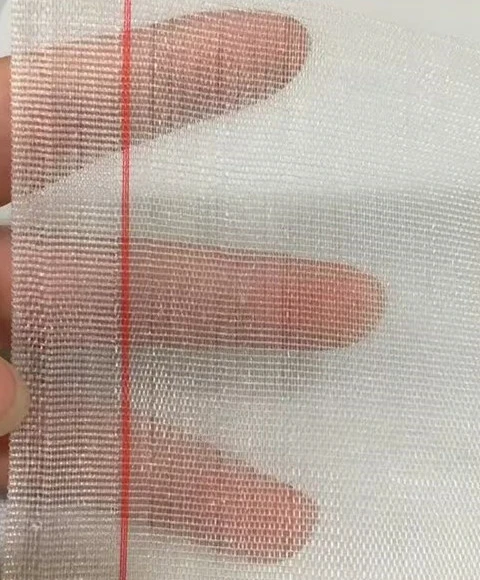-
 Afrikaans
Afrikaans -
 Albanian
Albanian -
 Amharic
Amharic -
 Arabic
Arabic -
 Armenian
Armenian -
 Azerbaijani
Azerbaijani -
 Basque
Basque -
 Belarusian
Belarusian -
 Bengali
Bengali -
 Bosnian
Bosnian -
 Bulgarian
Bulgarian -
 Catalan
Catalan -
 Cebuano
Cebuano -
 China
China -
 Corsican
Corsican -
 Croatian
Croatian -
 Czech
Czech -
 Danish
Danish -
 Dutch
Dutch -
 English
English -
 Esperanto
Esperanto -
 Estonian
Estonian -
 Finnish
Finnish -
 French
French -
 Frisian
Frisian -
 Galician
Galician -
 Georgian
Georgian -
 German
German -
 Greek
Greek -
 Gujarati
Gujarati -
 Haitian Creole
Haitian Creole -
 hausa
hausa -
 hawaiian
hawaiian -
 Hebrew
Hebrew -
 Hindi
Hindi -
 Miao
Miao -
 Hungarian
Hungarian -
 Icelandic
Icelandic -
 igbo
igbo -
 Indonesian
Indonesian -
 irish
irish -
 Italian
Italian -
 Japanese
Japanese -
 Javanese
Javanese -
 Kannada
Kannada -
 kazakh
kazakh -
 Khmer
Khmer -
 Rwandese
Rwandese -
 Korean
Korean -
 Kurdish
Kurdish -
 Kyrgyz
Kyrgyz -
 Lao
Lao -
 Latin
Latin -
 Latvian
Latvian -
 Lithuanian
Lithuanian -
 Luxembourgish
Luxembourgish -
 Macedonian
Macedonian -
 Malgashi
Malgashi -
 Malay
Malay -
 Malayalam
Malayalam -
 Maltese
Maltese -
 Maori
Maori -
 Marathi
Marathi -
 Mongolian
Mongolian -
 Myanmar
Myanmar -
 Nepali
Nepali -
 Norwegian
Norwegian -
 Norwegian
Norwegian -
 Occitan
Occitan -
 Pashto
Pashto -
 Persian
Persian -
 Polish
Polish -
 Portuguese
Portuguese -
 Punjabi
Punjabi -
 Romanian
Romanian -
 Russian
Russian -
 Samoan
Samoan -
 Scottish Gaelic
Scottish Gaelic -
 Serbian
Serbian -
 Sesotho
Sesotho -
 Shona
Shona -
 Sindhi
Sindhi -
 Sinhala
Sinhala -
 Slovak
Slovak -
 Slovenian
Slovenian -
 Somali
Somali -
 Spanish
Spanish -
 Sundanese
Sundanese -
 Swahili
Swahili -
 Swedish
Swedish -
 Tagalog
Tagalog -
 Tajik
Tajik -
 Tamil
Tamil -
 Tatar
Tatar -
 Telugu
Telugu -
 Thai
Thai -
 Turkish
Turkish -
 Turkmen
Turkmen -
 Ukrainian
Ukrainian -
 Urdu
Urdu -
 Uighur
Uighur -
 Uzbek
Uzbek -
 Vietnamese
Vietnamese -
 Welsh
Welsh -
 Bantu
Bantu -
 Yiddish
Yiddish -
 Yoruba
Yoruba -
 Zulu
Zulu
building safety nets
Building Safety Nets Ensuring Protection in Construction
In the world of construction, safety is paramount. The industry is fraught with potential hazards, not only for workers on-site but also for passersby and the surrounding community. A critical component of maintaining safety in construction environments is the implementation of safety nets. These nets serve as a protective barrier, safeguarding workers from falls and preventing debris from injuring individuals below. This article explores the importance of building safety nets, their various types, and best practices for their integration into construction projects.
One of the most significant risks in construction is the potential for falls. According to the Occupational Safety and Health Administration (OSHA), falls are one of the leading causes of fatalities in the construction industry. The use of safety nets plays a vital role in fall protection strategies. These nets are designed to catch workers who may slip or lose their footing at heights, thereby dramatically reducing the risk of serious injuries or fatalities.
Safety nets are not just for worker protection; they also safeguard those who might be in the vicinity of a construction site. Tools, materials, and debris can easily fall from heights, posing a threat to anyone below. By installing safety nets around the perimeter of a building site, construction managers can minimize the risk of injuries to site visitors and pedestrians. This not only protects lives but also helps construction companies avoid costly lawsuits and damages.
There are several types of safety nets used in construction, each varying in design and functionality. The most commonly used types include debris nets, which are designed to catch falling materials, and personnel safety nets, which are intended to catch workers. Both types serve a crucial purpose, but they must be selected and installed based on specific project needs and site conditions. For instance, debris nets are often made from lightweight, high-strength materials that can withstand the weight of falling tools and materials, whereas personnel nets are designed to absorb the impact of a falling worker.
building safety nets

Installing safety nets requires careful planning and adherence to safety regulations. Construction managers must ensure that the nets are appropriately anchored and positioned to effectively cover areas where workers will be operating. It's also essential to regularly inspect these nets for any signs of wear, damage, or compromise, ensuring that they remain effective throughout the project. By establishing a routine maintenance program, construction teams can uphold the integrity of the safety nets and mitigate potential risks.
Training is another critical aspect of ensuring the effectiveness of safety nets on construction sites. Every worker needs to understand the purpose of these nets and how they fit into the larger safety strategy of the construction project. In addition to providing training on the use of personal protective equipment (PPE), construction managers should also educate their teams about the limitations of safety nets. While these nets are an essential protective measure, they should not replace the use of other safety equipment or protocols such as harnesses, guardrails, and proper site supervision.
Regulatory compliance is equally vital in the implementation of safety nets. Different countries and regions have varying regulations governing construction site safety, and it is crucial for project managers to be familiar with local guidelines. Compliance with standards set by organizations such as OSHA in the United States or the Health and Safety Executive (HSE) in the United Kingdom is essential to ensure that construction sites are safe and that workers are protected.
In conclusion, building safety nets are an integral component of construction site safety. These protective barriers not only save lives but also contribute to the overall success of construction projects by fostering a culture of safety. With proper selection, installation, maintenance, and training, safety nets can significantly mitigate the risks associated with construction work. As the industry continues to evolve, embracing innovative safety solutions will be essential in protecting workers and ensuring the safe completion of projects. The investment in safety nets and other protective measures is not just a regulatory requirement but a moral obligation that reflects a commitment to the well-being of all involved in the construction process.
-
The Sunshade Net Can Block Ultraviolet RaysNewsAug.11,2025
-
Main Application and Technology of Nylon ScreenNewsAug.11,2025
-
Green Anti UV Sunshade Net: The Perfect Combination of Ecological Friendliness and Practical PerformanceNewsAug.11,2025
-
Explore the Sunshade NetNewsAug.11,2025
-
Application and Development of Nylon Screen in Fuel Processing and TreatmentNewsAug.11,2025
-
Application and Advantages of Nylon Screen for AquacultureNewsAug.11,2025











